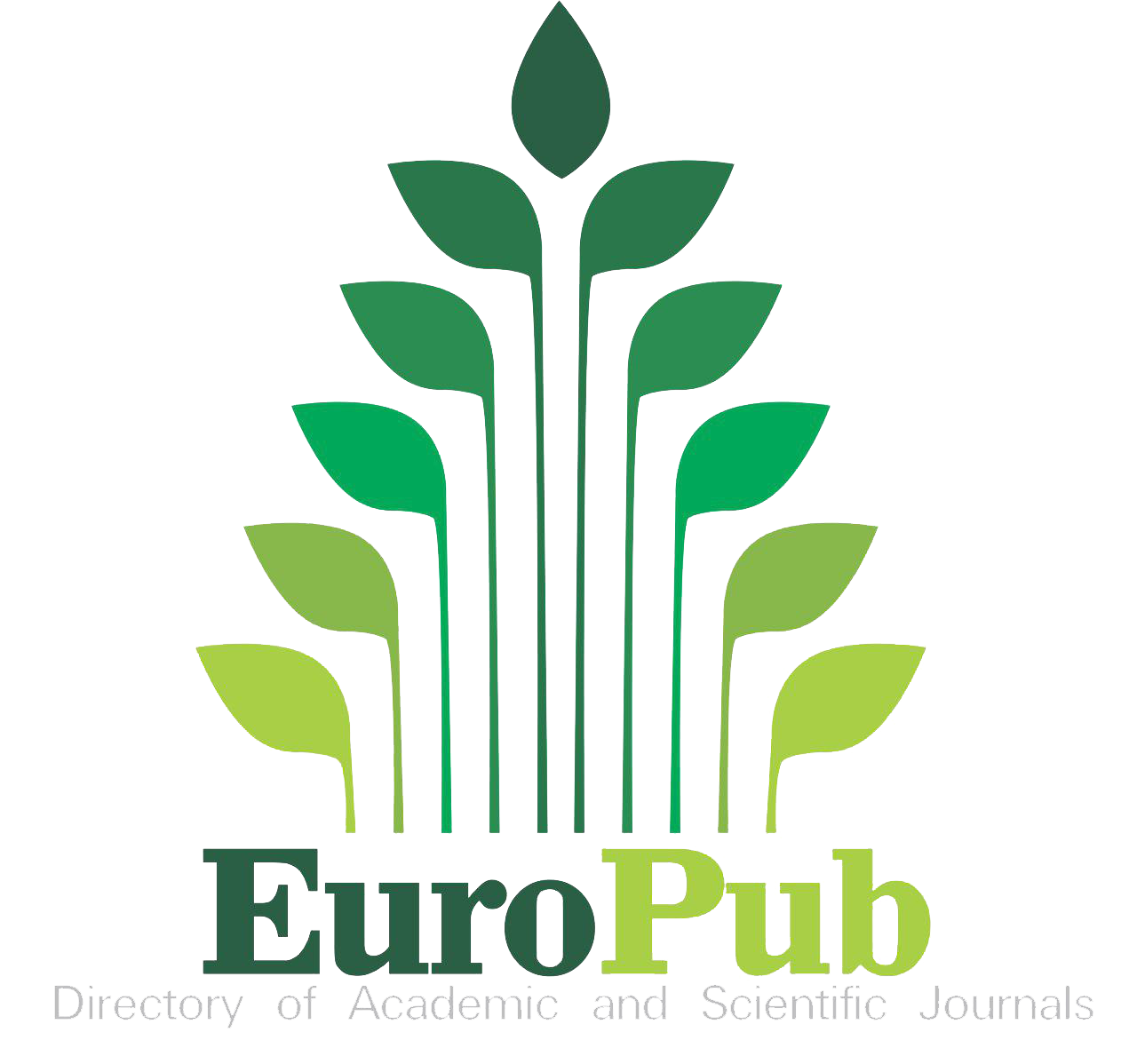Potential Health Benefits of Amla (Phyllanthus Emblica): A Review
DOI:
https://doi.org/10.46243/jst.2021.v6.i1.pp83-87Keywords:
Amla, Phyllanthus emblica, phytochemicals, bioactive compoundAbstract
Medicinal plants are gifted by nature for growth and maintenance of mankind. They possess most of the health benefits and they are much safer to consume. Phyllanthus emblica (Amla) is one of those medicinal plants which play a crucial role in maintaining human health. It is most widely used because it will help to increase body’s immune power. P. emblica is highly nutrient dense fruit which contain high amount of vitamin C, minerals, amino acids, antioxidants and phytochemical. It also acts as a laxative, diuretic, and used as a tonic in conditions like fever and cold. This review is based on a phytochemical study of P. emblica. Amla contain certain naturally occurring bioactive compound or phytochemicals such as tannin, flavonoids, poly phenols, saponine, alkaloids, lupeol, ellagic acid, gallic acid, essential oils, fixed oils, etc. All this bioactive compound may possess an immunomodulatory effect, anti- cancer, anti-microbial, anti- diabetic, hepato protecting, and cardio protecting activities. Nowadays use of such types of natural sources are increasing widely and people are more aware regarding to harmful chemical constituents, therefore this study may helpful in identification of natural bioactive compound which are found in amla. The main objective of this review is to know the bioactive component which presents in Amla and its significant health benefits. This review also includes an overview on detail study of Amla known to be an antioxidant and antimicrobial source.


























